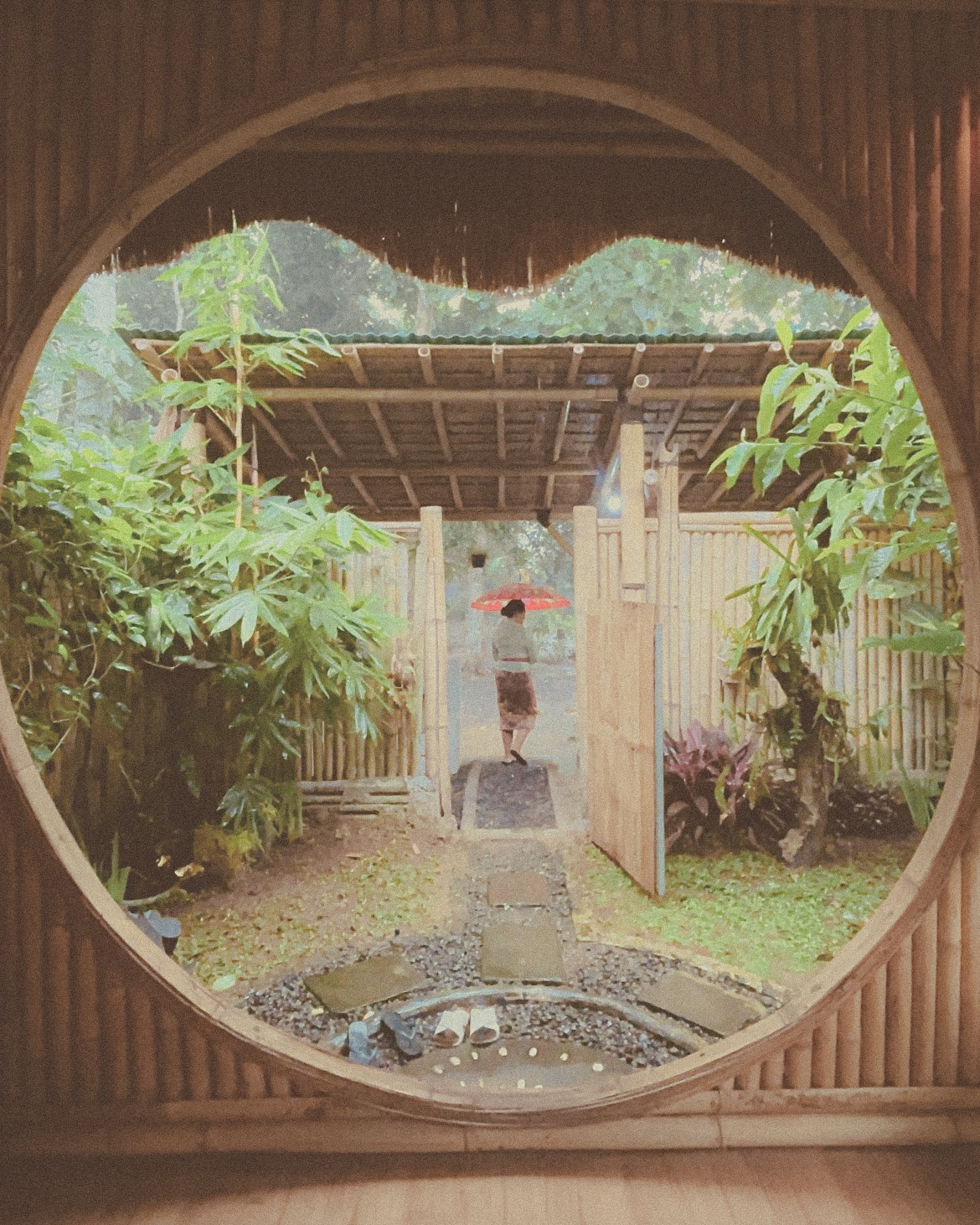

The art of slow travel is on the rise.
From soaking in the countryside views on a train from Prague to Budapest, or spending an afternoon learning how to cook traditional dishes at a farm-to-table restaurant in Mexico — there’s something inherently romantic about slowing things down.
How we travel and the intention we set off with can completely change our experience. If we head into our trip with a slow travel mentality we can return home with more than just stories, we return with a changed outlook on the world.
While many are interested in the art of slow traveling, and many have been doing it for years, there are still some misconceptions about what it means and how to become a slower traveler.
Before we get into the nitty-gritty of mastering the art of slow travel, let’s clarify what slow travel is, dispel some of the common slow travel myths, and outline why it’s a beneficial way of traveling.
It’s easy to get confused when it comes to slow travel because the name itself makes us think of moving slowly or spending a long period of time in a place — however, that’s not necessarily important when it comes to slow traveling.
There is no one set definition for slow travel because slow travel is a mindset. It’s found in “the how” and “the why”. It’s a form of conscious travel, that focuses on the deeper reason behind traveling, rather than the where and what.
Slow travel is about moving away from venturing out to faraway places for the bragging rights of saying you’ve been there or seen this. When we become slow travelers we no longer just see the sights that are on our travel checklist, we open ourselves up to the natural pace of the local culture that we’re visiting.
It pushes us out from the comfort of the beaten tourist path, to create meaningful connections to the places and cultures that we come across. According to Justin Francis, the CEO of Responsible travel, “Slow travel enables us to learn, relax and rejuvenate; to be part of a place for a short period rather than just crash through it.”
Leaving us with more than just souvenirs and photos, we find ourselves with fond memories made and friendships that last a lifetime, and most importantly it leaves us with a deeper understanding of the world.
Slow travel was born out of the “Slow Movement” that started in the 1980s with the Slow Food Movement. As a protest against fast food, The Slow Food Movement focused on bringing back traditional food preparation methods, communal meals, local farming, and regional cuisine.
As the Slow Movement developed further it became synonymous with fighting against the ever-increasing fast pace of life, which has led to “time-poverty”, by making time to make genuine connections with people, places, and things. Now we have slow movements in every sector, from slow living to slow fashion.
With that in mind, we can understand that slow travel values quality experiences over quantity. It focuses on using travel as a way to gain an appreciation for a different way of life. Using travel as an opportunity to immerse yourself for a brief moment into a new way of living, getting a glimpse of the culture and lifestyle.
When you travel with this as the goal, it frees you from the pressure of trying to see and do everything and lets you focus on the things that are more meaningful to you. It doesn’t mean that you can’t see some of the more traditional touristic attractions, it just doesn’t put them at the pinnacle of the trip.
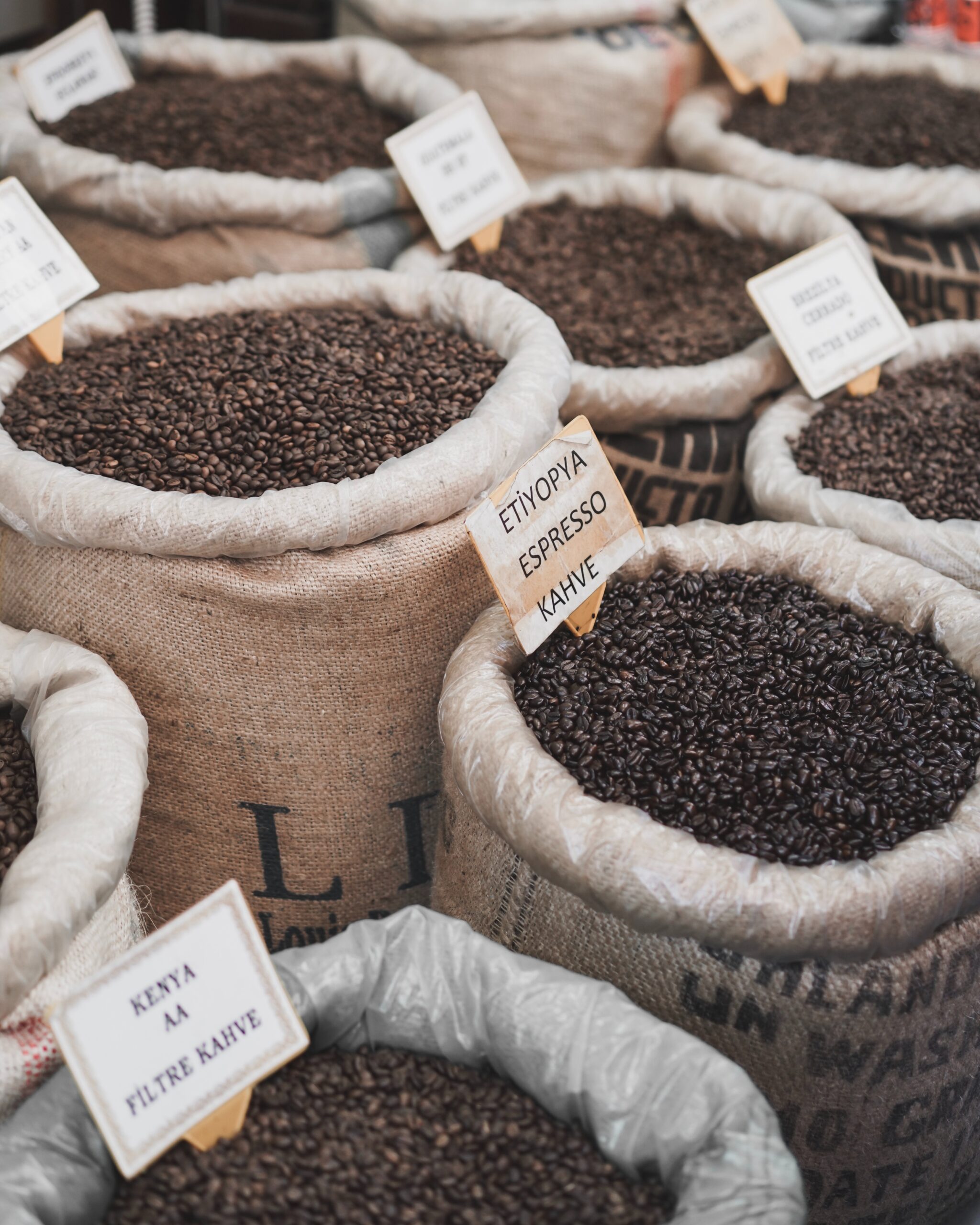
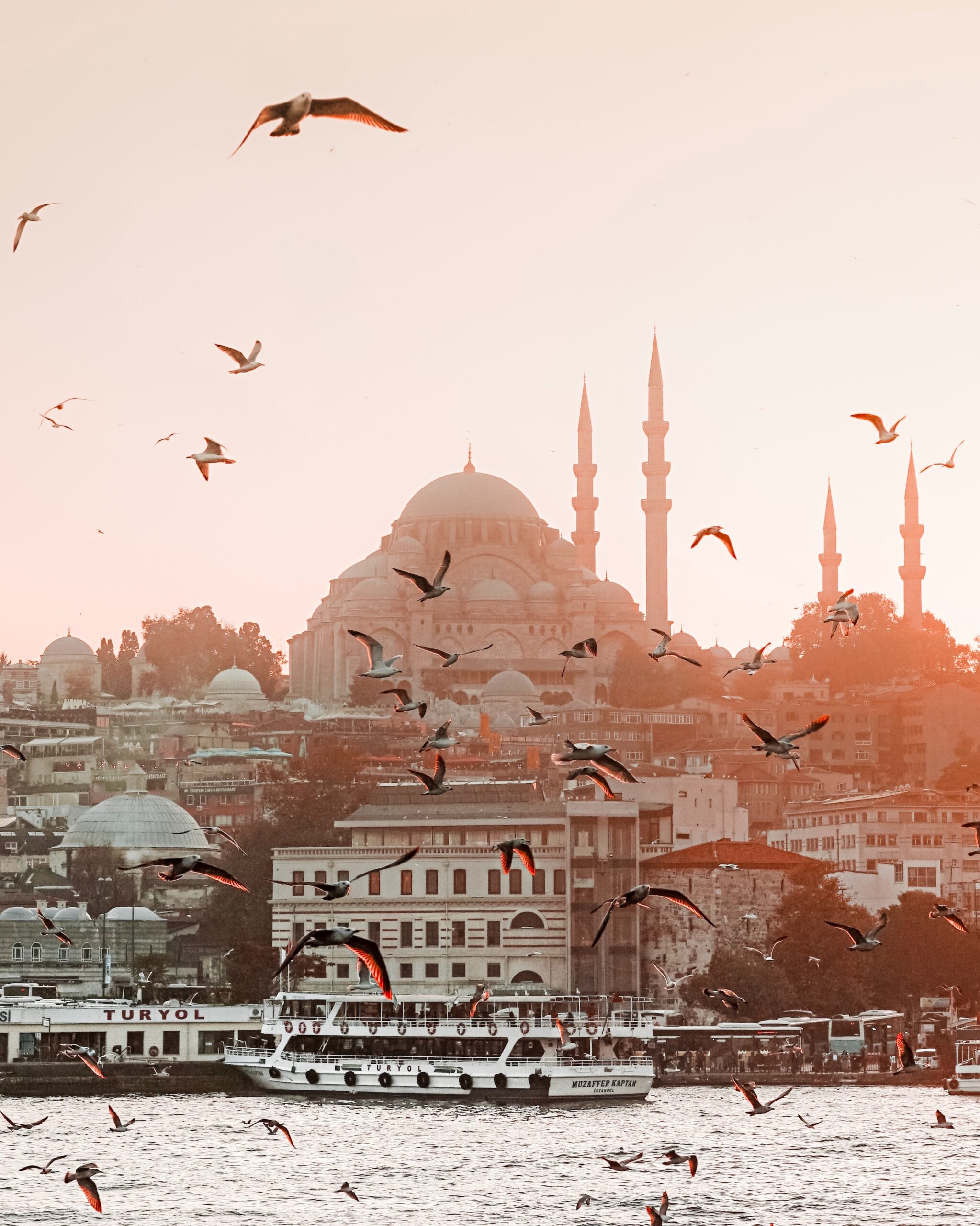

While it might be easier to travel slowly when you know you have an extended amount of time, we don’t all have the luxury of spending months on end traveling each year. However, this doesn’t mean that you can partake in slow traveling. Any duration of time, and afternoon, weekend, or week can be approached slowly. This means it is completely possible to slow travel with a 9-5 job.
Slow travel has nothing to do with the velocity of actually moving slow. While you could argue that the slow travel mentality would suggest taking a train rather than flying, it’s not because of the speed, but rather about enjoying the journey. For example, on a train, you get to see the landscape as you travel, and have more opportunities to connect with the other passengers.
“Slow travel enables us to learn, relax and rejuvenate; to be part of a place for a short period rather than just crash through it.”
There isn’t a specific destination or area of the world that lends itself best to slow travel. The principles of slow traveling can be applied anywhere. From your own neighborhood, a remote destination, or even a metropolitan city, every destination can be traveled slowly.
Slow travel is available to anyone. While it might be easier for a seasoned traveler to feel comfortable going off the beaten path, it doesn’t mean that newbies can’t. As long as their open to cultivating the slow travel mindset, anyone can travel slowly.
If it isn’t reason enough that slow travel creates an opportunity for more authentic, stronger connections with local culture, food, people, and the lifestyle. there are many other benefits to traveling slow that will make you want to ditch your old fast-travel habits:
You might not think that traveling could leave you feeling burnt out. However, when we try to see as many sights or destinations as possible on our trips it can leave us feeling exhausted at the end of our time away. This phenomenon of needing a vacation from your vacation is known as “Tourist Burnout.” When we travel slow, we can prevent this from happening, rather we feel rejuvenated and inspired by our travels.
One of the great things about traveling slow is that it is less impactful on the environment. It can be considered a form of eco-tourism, except instead of just leaving footprints, you’re actually making a positive impact on the local community. When we travel slowly, we are also traveling consciously by engaging in more responsible travel habits. Simple things like taking trains over planes, or picking one destination instead of multiple make slow travel more eco-friendly.
To put it in perspective, taking a train from Milan to Zurich takes 3kg of CO2 per passenger, whereas flying the same route takes 104kg per passenger.
Whether you’re traveling on a budget or you’re a luxury traveler, we all like to save a little money here and there. Slow traveling tends to be more inexpensive than doing things the traditional tourist route. When you stay locally, which can be at an independent boutique hotel, a homestay, or even Airbnb, you’ll likely be paying much less than staying at a chain hotel or resort.
The same goes for eating locally, you’ll be saving by paying what the locals pay rather than the skewed tourist prices. Also when you slow down and stay in a location for longer, you won’t be paying for all the extra transport that comes from traveling between cities, which can quickly add up.
When you step off the beaten tourist path and start to explore what’s happening in the actual community of your destination, it’s almost certain that you will connect with locals. This is one of the best parts of slow traveling, when you open yourself up to meeting new people and understanding their way of life, you not only connect for the duration of your vacation, but chances are you’ll make friends that you keep for life.
Mastering the Art of Slow Travel is about shifting your mindset on how and why you travel, so while slow travel will look different for everyone, and on every trip, there are some general tips that will start to change your perspective and help you hone your slow traveler’s mindset.
Living like a local means more than staying in an Airbnb, although that’s a great thing to do. It’s about talking to the local people to find out what their favorite places to eat, hang out, and explore. They know the city the best, so if you’re looking for a little hole-in-the-wall spot that only locals go to, then you’ve gotta ask a local. A lot of time in cities that get a lot of tourists, the locals are used to suggesting the tourist spots, to ensure that you’re getting the local low-down, frame your questions by asking “What’s your favorite…?” rather than “What’s the best…?”
FOMO while traveling is hard, we never know if we’ll be able to return to a specific destination again in our lifetimes, so we feel like we need to cram in all the must-sees and do things that a city has to offer. However, this is a sure-fire way to lead to tourist-burn out, you’ll find yourself on the plane ride home looking at a lot of photos of monuments, with few genuinely warm memories from your trip. Rather, make a small list of your must-see spots and leave the rest open to chance — the best moments in travel come in a serendipitous way, so make sure you’re open to letting things happen.
Traveling is about getting out of your comfort zone. When we are traveling we are put in situations that are unlike anything that would happen in our ordinary lives. It can be uncomfortable to ask for directions from someone who might not speak your language or haggle in a local market, but it’s things like this that will give you a chance to grow, learn and connect with locals. Embrace it, and don’t stick to what you know.
Staying in one location longer isn’t about moving slower as much as it’s about fully embracing the location that you are in. It’s about being more aware, conscious, and purposeful about your travel. When you aren’t worried about getting up early to catch your next flight or train, you can embrace where you are fully. It allows you to unpack the hidden secrets that the city has to offer you. When you do leave the city, you’ll feel like you have a better understanding of it than if you were just hopping in and out.
If you do decide to venture to multiple destinations on your trip, be mindful of the journey. How you get from place to place can be just as rewarding as getting there. If you can take a train that will let you soak in the views, or even stop in a smaller local village, it’s much more rewarding than flying over — it also saves time, as you don’t have to get to a train station nearly as early as an airport, and they tend to be more centrally located.
This also goes for navigating the city that you’re in. How you get from A to B can make all the difference in your trip. While hopping in a uber might be quick and easy, it doesn’t allow for unexpected detours. While walking and riding a bike you can pop into a cute local artisans shop, or stop for a coffee in a cafe that’s brimming with locals.
While slow travel might not get you the perfect instagramable photo, it will leave you with memories that last a lifetime, and a new perspective on life and the world that we live in. So next time you set out on your travels, I encourage you to go off the beaten path and embrace the beauty of slow.
Article Source: momblogsociety.com
Products: homesnugs.com

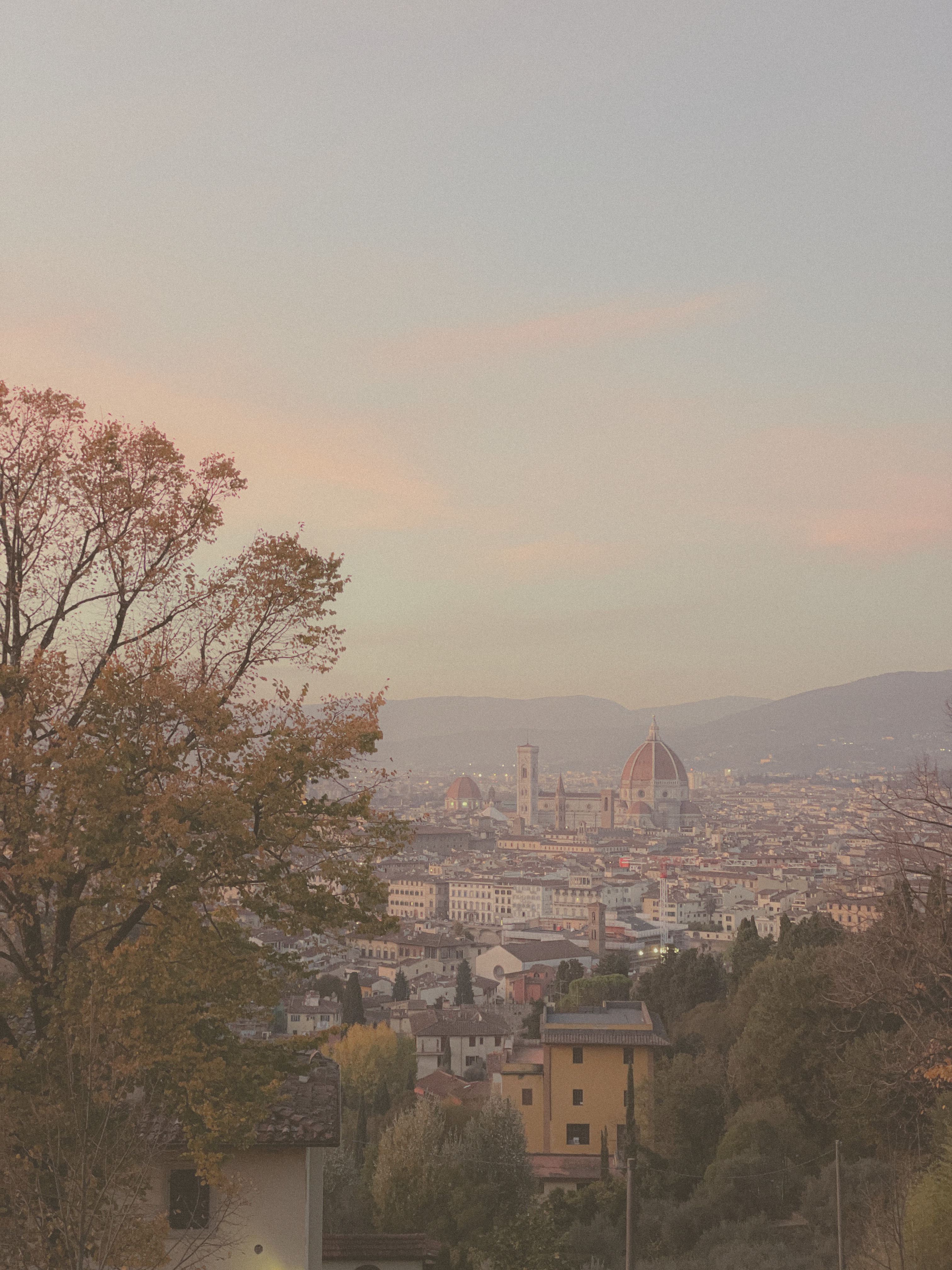
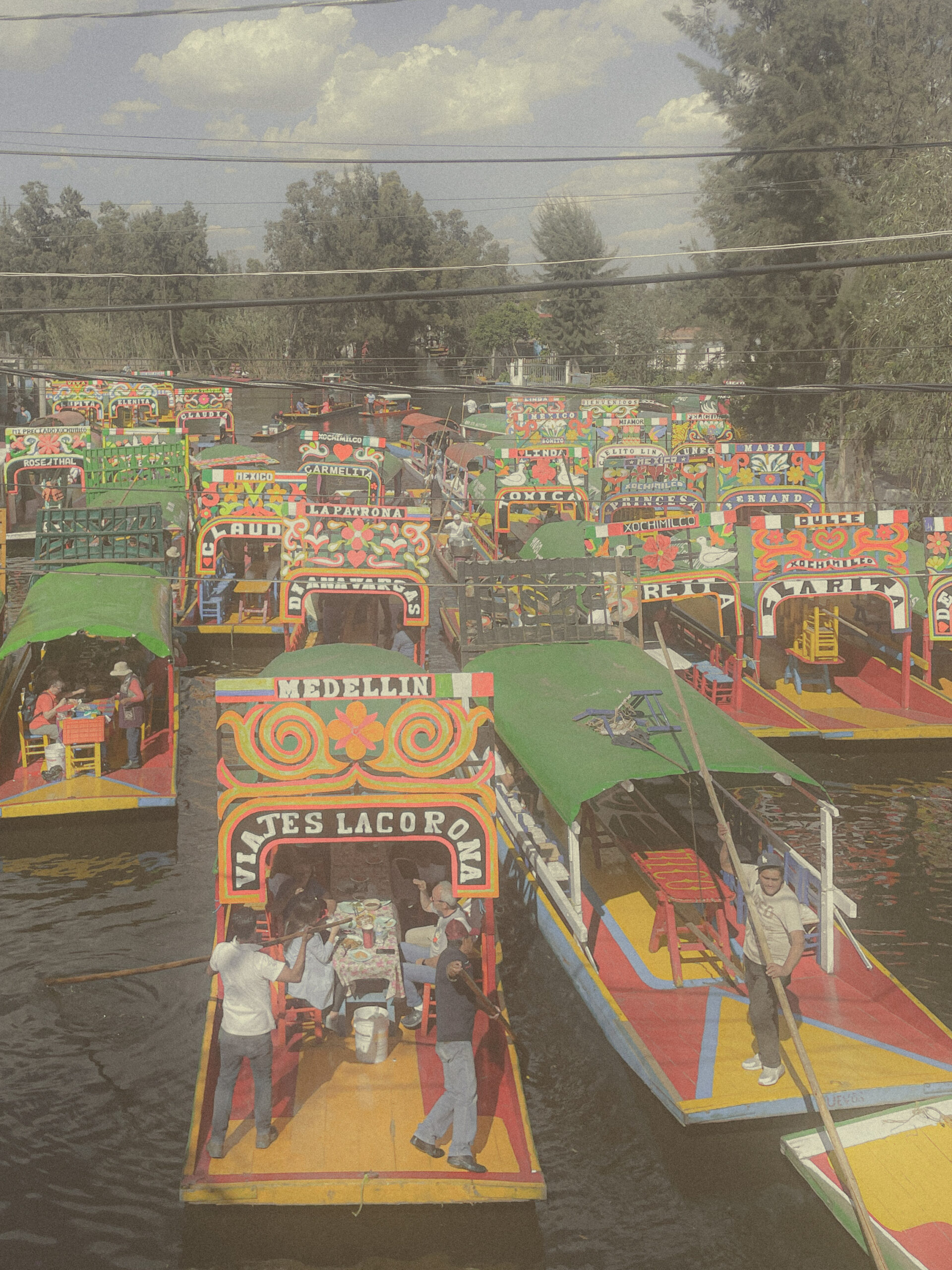
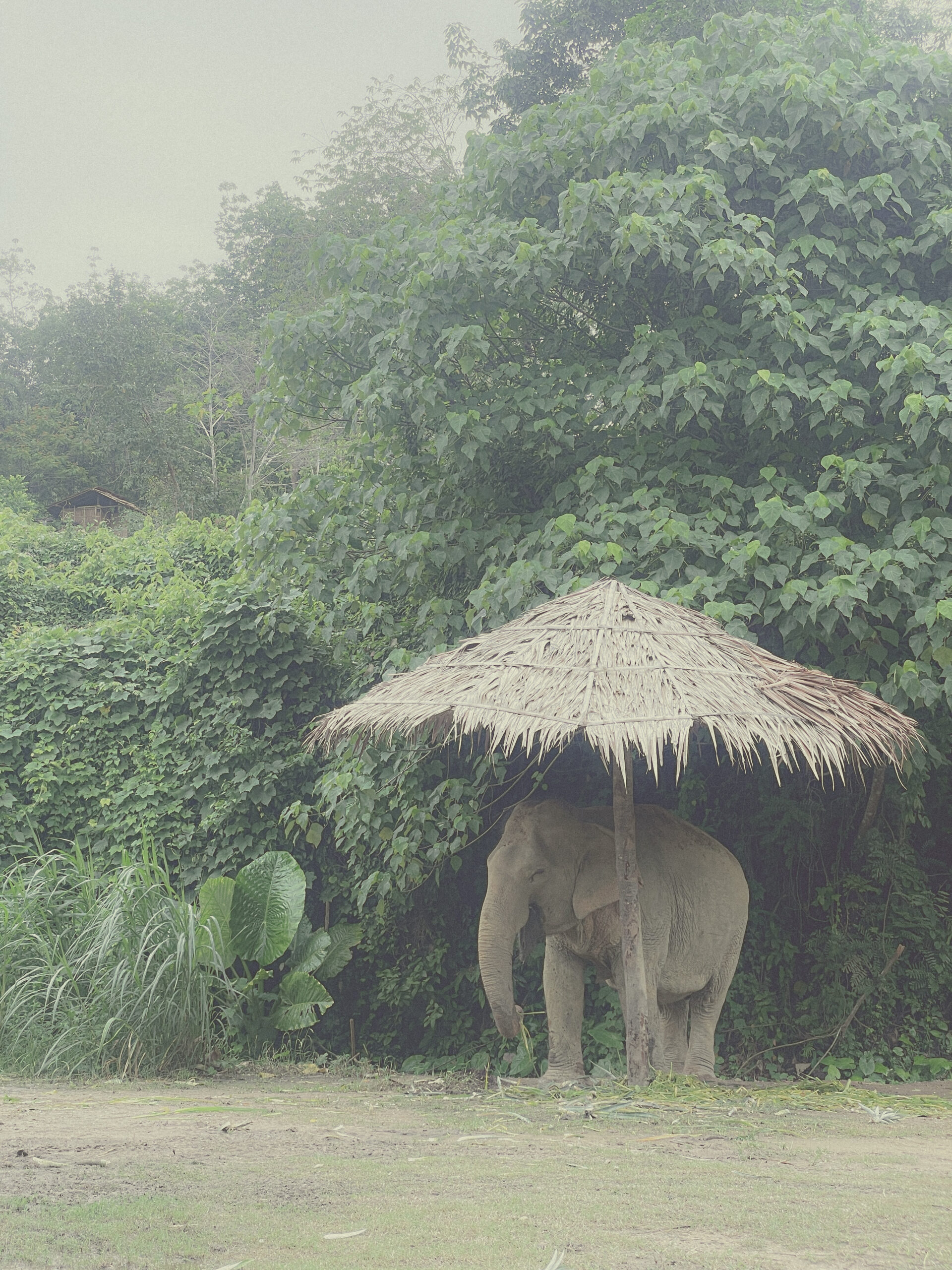

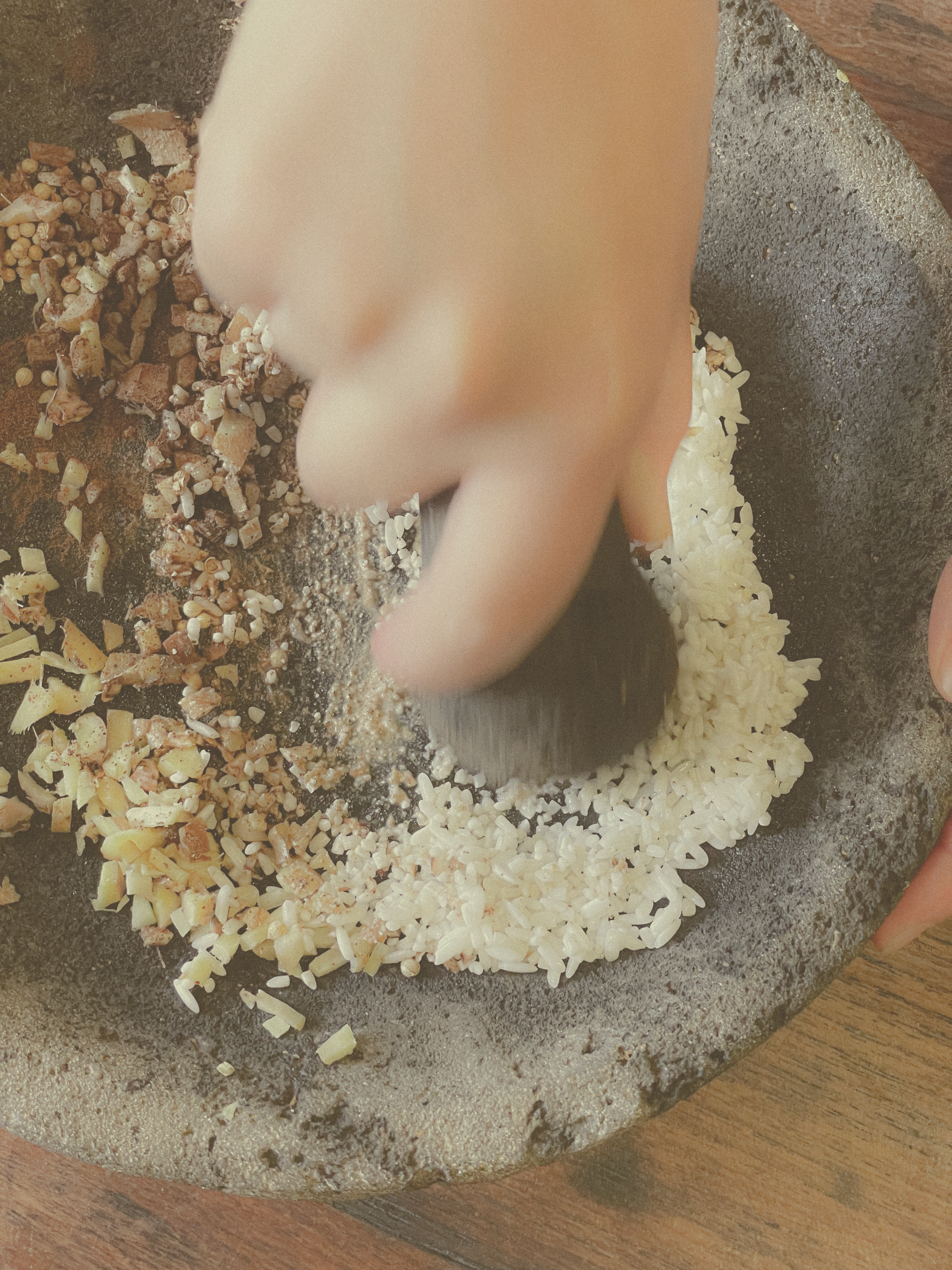




© 2023 Maia Conscious Living Privacy Policy | Gabs Nardo LLC
3 Responses
Great tips! I’ve just discovered your Youtube channel, and I love it!
Thanks for sharing your content and the day and life of a designer.
Thanks so much for the tips both in the blog and on your YouTube channel. As a new Interior Design student, I find them to be incredibly helpful, interesting, and inspirational. Keep up the great work!